[This post contains Amazon affiliate links. If you click on one of the links and then purchase something through Amazon, Bear & Bug Eats gets a tiny commission!]
I cook different dishes for different reasons. Comfort. Particular deliciousness. A feeling of accomplishment. Handmade pasta gives me all of these.
Handmade Fettucine
There are a couple of ways to make pasta. I have a friend who does the classic nest-of-flour thing, and I had some success with a stand mixer. These days, I borrow a page (almost literally) from my kitchen idol Mark Bittman and use the food processor to make the dough. It comes together in literally 30 seconds, which to me makes cleaning the food processor bowl worth it.
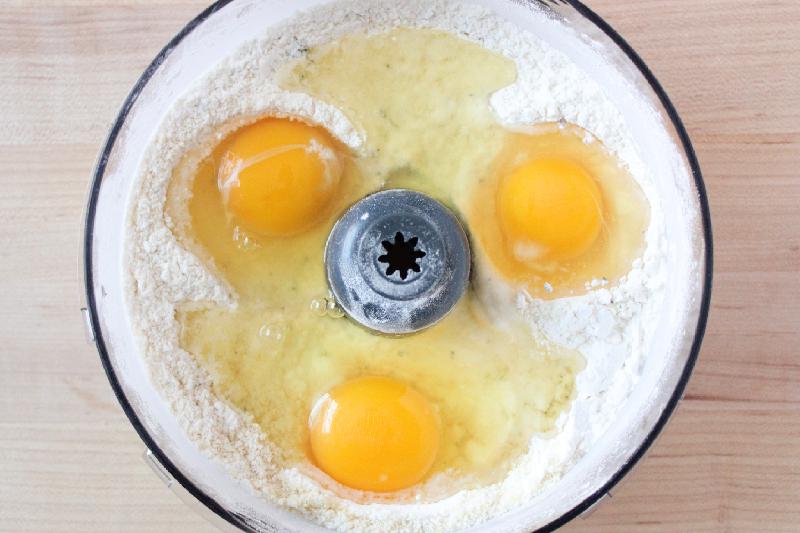 I got a pasta roller from my parents for my birthday this year. I’d been hankering after one of the expensive devices that could be attached to my KitchenAid stand mixer, but it turns out that there are well-rated standalone devices available for less than $30.
I got a pasta roller from my parents for my birthday this year. I’d been hankering after one of the expensive devices that could be attached to my KitchenAid stand mixer, but it turns out that there are well-rated standalone devices available for less than $30.
It’s not difficult to operate. You take a blob of pasta dough, flatten it a bit with your hands, and crank it through the lowest numbered (widest) setting on the pasta machine. To make the pasta thinner, increase the setting. When it’s as thick as you like, cut it into squares or ribbons or whatever you desire. We found that we like it rolled to setting 7.5: that is, rolled through settings 1-7 twice, and through setting 8 once. My roller also came with a thing that cuts sheets into fettucine or spaghetti, which saves the trouble of using a pizza cutter on it.
This is, somewhat uncharacteristically for me, a low-gluten recipe. The pure flour recipe that I tried made me feel a little overfull, the way white flour can. Tapioca and almond flours eliminate that feeling and create a pleasant toothsome texture.
Handmade Pasta Tips
- As you change from setting to setting on the pasta roller, use each twice. That is, put the pasta through the 1 setting twice, the 2 setting, twice, etc.
- Dust the pasta sheets with flour between settings. The last thing you need is to have to spend time picking fresh dough out of the rollers.
- Make gluten-free by using 1 cup almond flour and 1 cup tapioca flour.
- Make gluten-full by using 2 cups all-purpose flour; or get fancy and use a pasta flour (note: I haven’t used this brand, or indeed a pasta flour, but I’ve heard only good things about this brand).
It does take a while. You can split the work: roll and cut the pasta earlier, then let it dry and cook later. Dried pasta takes veeery slightly longer to cook, but only a couple of minutes. I can feel myself getting faster with practice.
Eat with…
Depends what sauce, if any, you choose. At its simplest, this pasta is lovely under a simple dusting of black pepper and Pecorino Romano. In that case, try a white with some bubbles. Try white, sparkling vinho verde, a Portuguese wine. Its freshness means that it has a reputation for matching seafood, but the same qualities make it great for herbed pasta.
Pasta recipe adapted from Nurture My Gut and How to Cook Everything.
PrintHandmade Fettucine with Herbs
- Yield: 4-6 servings 1x
Ingredients
- 2 teaspoons chopped fresh herbs (I like rosemary and oregano)
- 1 teaspoon salt
- 1 cup all-purpose flour, plus more as needed
- 1/2 cup blanched almond flour
- 1/2 cup tapioca flour
- 3 eggs
Instructions
- In a food processor, pulse herbs and salt a few times to blend.
- Add flours; process a few more seconds.
- Add eggs. Process for about 30 seconds, or until the mix suddenly becomes one coherent ball of dough.
- Break off a small chunk of dough; cover the rest with a towel to prevent drying. Stretch or flatten the lump a bit with your hands and flour lightly.
- Set the roller to the lowest setting. Pass the pasta through twice.
- Continue to flatten the pasta by increasing the roller settings. Pass the dough through each setting twice. Flour lightly and often.
- When it reaches your desired thickness, run it through a pasta shaper or use a pizza cutter to cut it into ribbons, squares, etc.
- Pasta can be dried at this point. Lay pasta flat on baking sheets, drape over a pasta drying rack, or form into nests. Dried fresh pasta can be kept 2 days in the fridge or 2 weeks in the freezer.
- Cook in salted, boiling water. Fresh pasta cooks in 2-3 minutes; add another 1-2 minutes for dried.
[This post contains Amazon affiliate links. If you click on one of the links and then purchase something through Amazon, Bear & Bug Eats gets a tiny commission!]

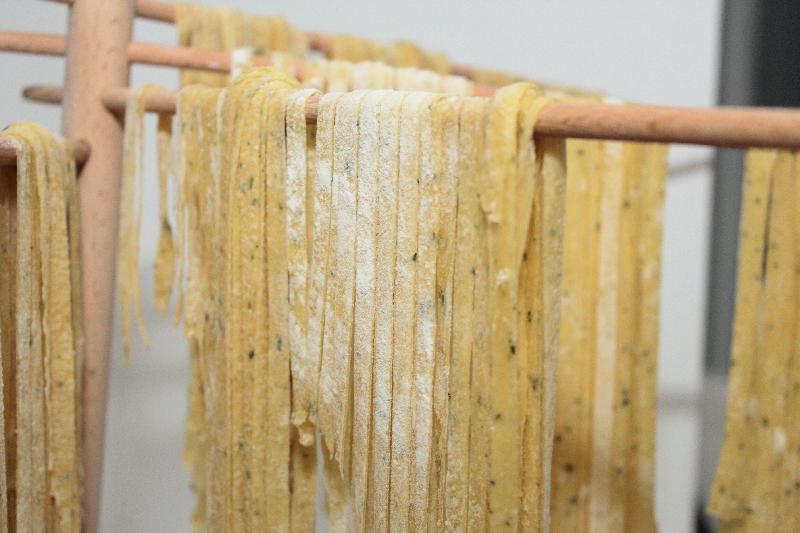
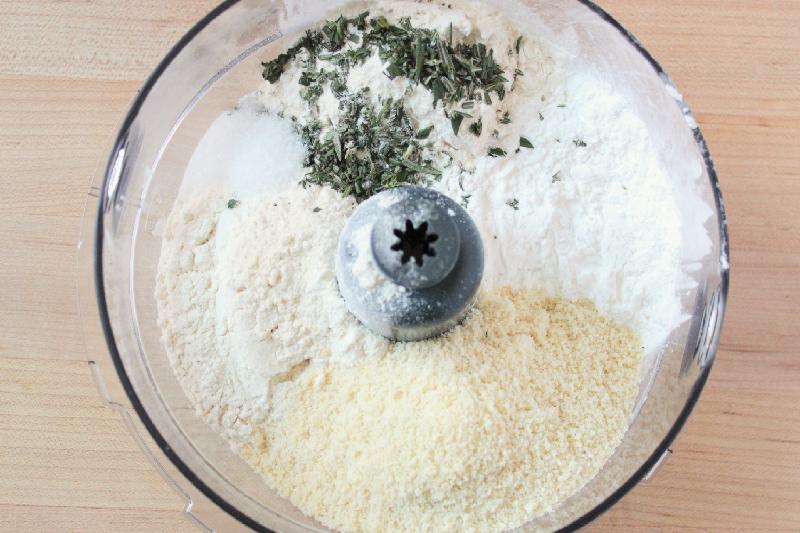
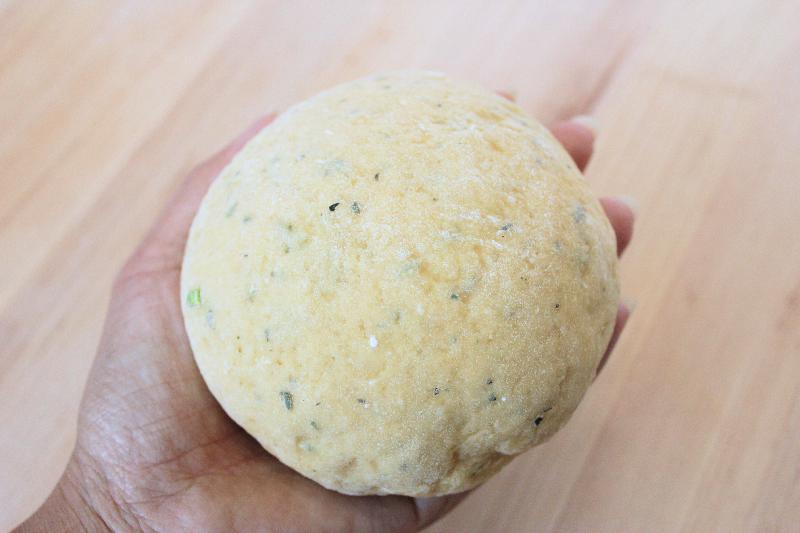

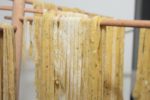
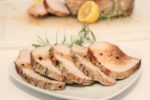
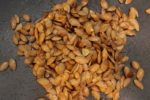
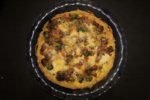
[…] kitchen. Three of us figured out how to use my new pasta roller, which left flour and two kinds of fresh pasta dough everywhere. Robby made this Bolognese […]